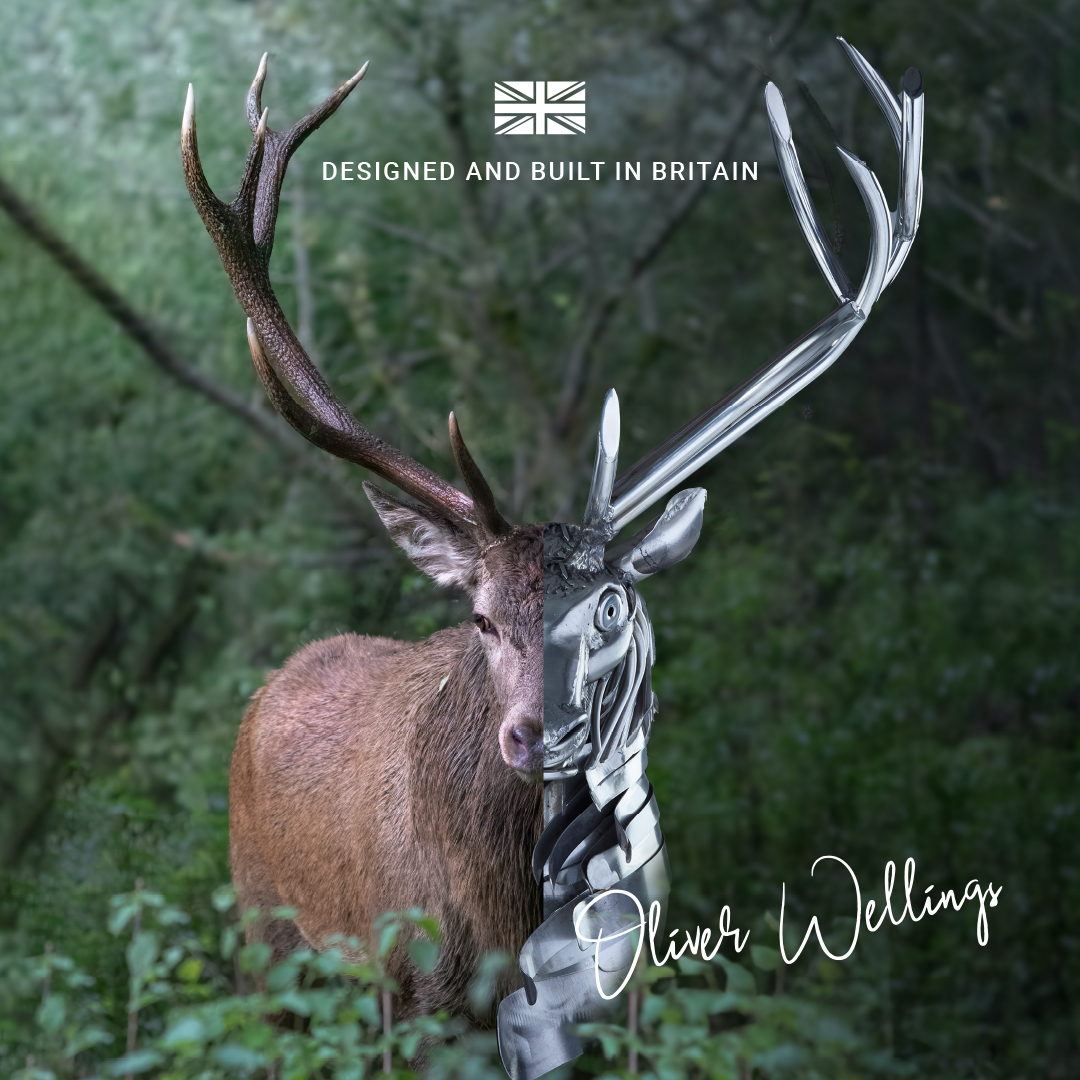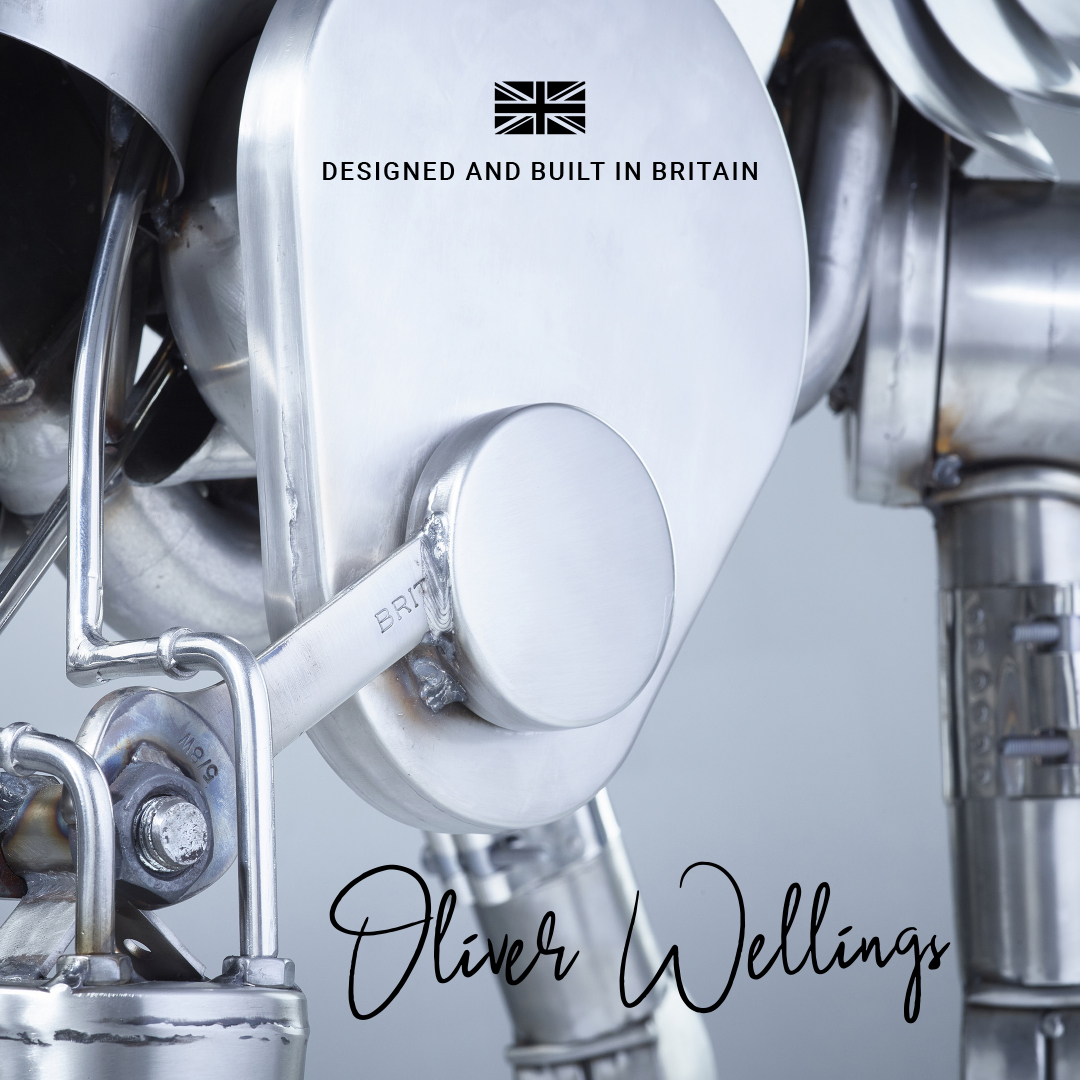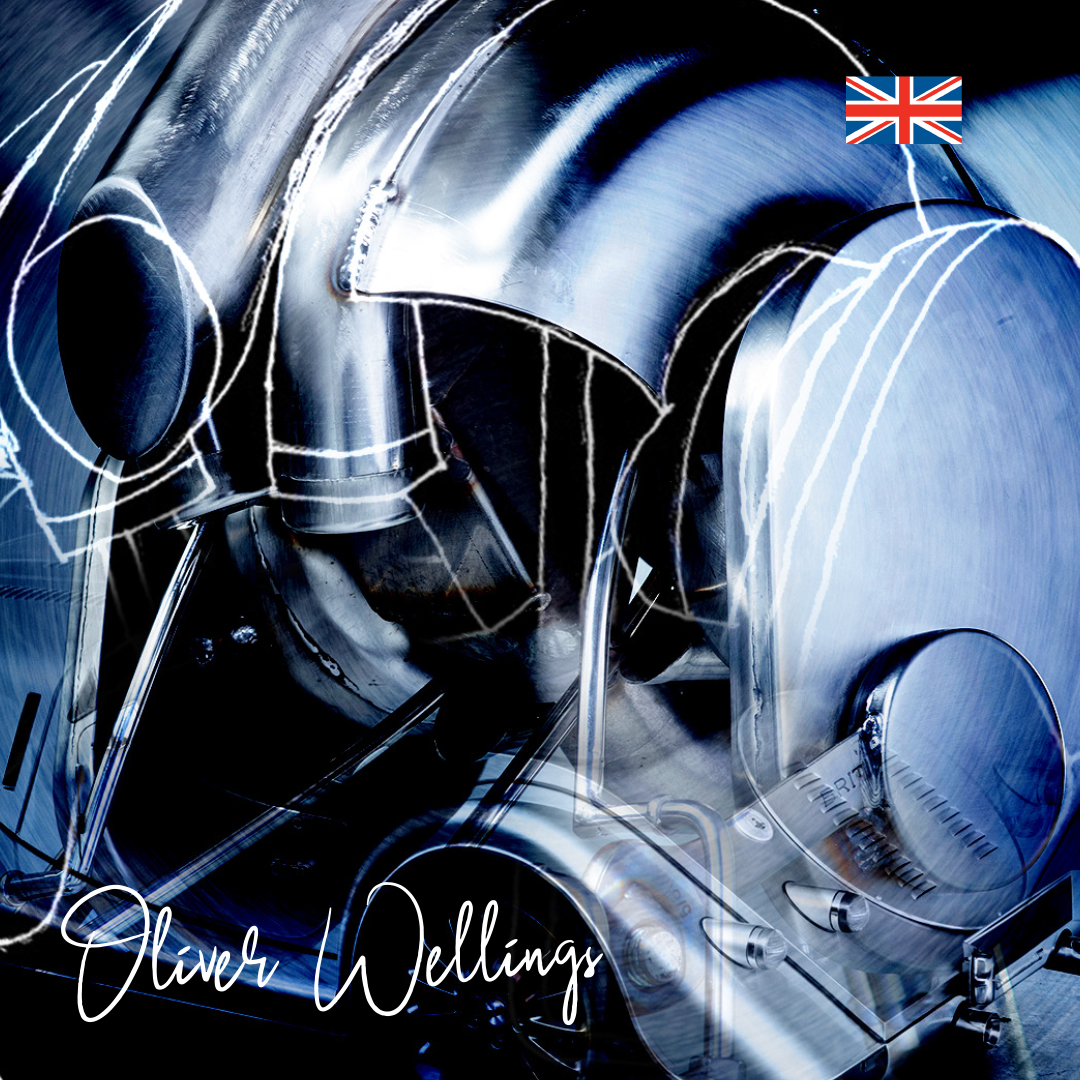Sustainable Sculpture: A case study in creating the Stag
Building sustainable sculptures allows me to combine my commitment to finding sustainable solutions for the car industry, as well as to bring my love of nature to my sculpture work.
Last month, my blog looked in detail at creating the wolf and this month I will be focusing on another large creature design.
The stag often draws a crowd and lots of questions on the design process from audiences that have been face-to-face with the finished piece. I have used these frequently asked questions to structure this month’s blog and to showcase the depth of thought and skill which goes into the creation of my artwork, as well as the used automotive parts that are used to form the sculpture.


How did you build the stag from design to creation?
The primary objective of the stag project was to create a contemporary sculpture using automotive parts directly. My design process involved breaking down the various components of the stag and reconstructing them using upcycled automotive parts.
One notable example of the use of used cars parts for sustainable sculpture is the transformation of a luggage rack into striking antlers. Initially, the antlers started their life as a luggage rack, but they were carefully cut down, shaped, and meticulously polished to achieve their current form as the magnificent antlers of the sculpture. This approach allowed me to merge automotive elements with artistic design, resulting in a unique and modern piece.
How did the process differ from other sculptures to create the different personality?
In my previous sculptures, I incorporated a feather design to give each animal a distinct appearance. However, for the stag sculpture, I decided to focus on creating a solid head piece using welding techniques. This design choice aimed to provide the stag with a unique and distinctive look that would align with the specific personality I envisioned for the sustainable sculpture.
By utilizing this welding technique, I was able to achieve a solid and robust head piece that adds character and enhances the overall aesthetic of the stag. This deliberate design decision further contributes to the sculpture’s individuality and the intended expression of its personality. This certainly translates to the different ways in which audiences and clients view the sculpture, connecting with the personality due to the choices made in the design and creation stages.

Which automotive parts were used for the stag and how did you discover the best parts to use for the different body parts?
The contemporary style of the stag sculpture allows for the integration of various components to achieve its unique look. While I have already mentioned that the antlers are meticulously crafted from repurposed luggage racks, the distinctive shape of the legs is achieved by using motorbike exhausts.
To create the underbelly, a catalytic converter is employed, and all these elements are interconnected using pipework like what can be found in a car. The rest of the body is crafted from lorry exhausts, with brackets and clamps utilized to connect the pipework and create a cohesive structure.
A creative combination of different automotive parts, repurposed and assembled with innovative design, contributes to the overall contemporary aesthetic and distinct appearance of the stunning sculpture.
Were there any tricky parts that took some trial and error to get right?
Creating a life-size sculpture indeed presents its own set of challenges, and the stag sculpture was no exception. One significant challenge involved ensuring the structural integrity and secure connection of all the different components.
To overcome this, we were able to fit a solution with brackets that were originally designed to hold an exhaust system to a car. These brackets now serve the purpose of connecting and reinforcing our contemporary components, providing stability in the structure.
Additionally, I incorporated wrenches from our workshop into the design to join the leg joints, providing both a functional and visually appealing element. These design choices not only addressed the challenge of connecting the parts but also added an intriguing artistic touch that resonates with the sculpture’s overall theme and construction.

Why did you choose a stag for your sustainable sculpture design?
When I set out to design my original collection, I was driven by a personal connection to the animals I chose. Stags hold a special place in my heart due to my upbringing as an avid walker and the proximity of a stag sanctuary located just a short 20 minutes away from my family home.
Considering this deep connection and familiarity, it felt like a natural starting point for my collection. Drawing inspiration from the stags that have played a significant role in my life, I embarked on creating a sculpture that would capture their essence and honor their presence.
By choosing animals close to my heart, I infused my collection with a genuine passion and a personal touch that resonates through each piece.
If you are interested in a piece, or commissioning your own bespoke sustainably sourced design, my contact details are over on my Contact page.
Keep up to Date
I’m updating my blogs and social media with the journey to Dubai so follow the links to stay connected.
If you are interested in a piece, or commissioning your own bespoke sustainably sourced design, my contact details are over on my Contact page.

Designed and Built in the heart of Britain
leave a message
Use the form below to contact Oliver for more information
oliver wellings designs
Unit 5, Birchills Trading Estate, Green Lane,
Walsall, West Midlands, England, UK, WS2 8LF.
+447921563365
oliver@oliverwellingsdesigns.co.uk
